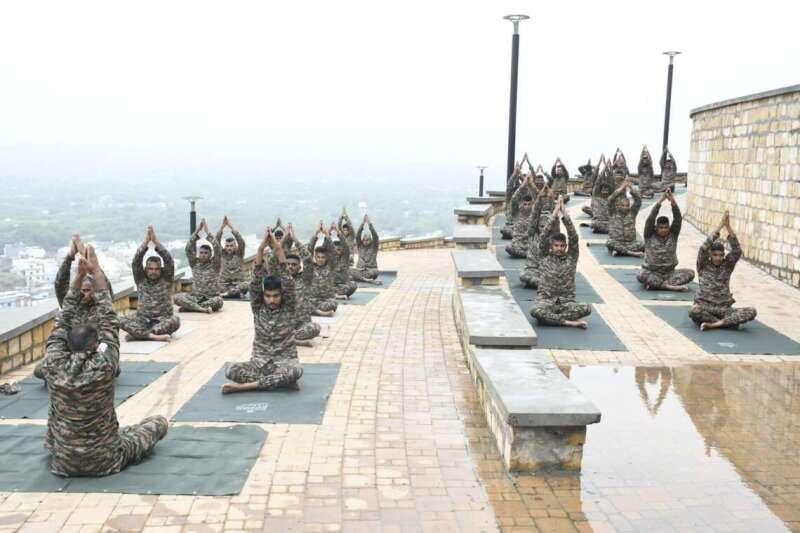Shield vulnerable areas such as your hands, feet, and ears from the biting cold by wearing gloves, thick socks, a hat, and a scarf or face mask. Remember, while your body works to keep your core warm, these extremities can be left exposed and susceptible to frostbite or discomfort…reports Asian Lite News
Navigate the challenges of cold-weather exercise with confidence and success. With proper preparation and mindfulness, you’ll not only stay safe and healthy but also reap the countless benefits of outdoor activity during the winter season. So layer up, step outside, and embrace the opportunity to thrive in the chill!
Here are essential guidelines by Gunjita Singhal, Co-founder and CMO at Roadies Gym, to maximize your cold-weather exercise wellness, allowing you to thrive in the frosty outdoors while safeguarding your health and performance for maximizing your cold-weather exercise wellness:
Dress In layers: To combat the cold effectively, adopt a layered clothing strategy. Begin with a moisture-wicking base layer to keep sweat away from your skin, then add an insulating layer for warmth, and finally, add a windproof and waterproof outer layer to shield against the elements. This layering system enables you to adjust your clothing to match your activity level and the prevailing weather conditions
Protect Your Extremities: Shield vulnerable areas such as your hands, feet, and ears from the biting cold by wearing gloves, thick socks, a hat, and a scarf or face mask. Remember, while your body works to keep your core warm, these extremities can be left exposed and susceptible to frostbite or discomfort.
Warm-Up Indoors: Before venturing into the frosty outdoors, kickstart your circulation and prepare your muscles with a 5-10 minute warm-up session indoors. Engage in dynamic stretches or a brief cardio routine to elevate your body temperature and prime your body for the challenges ahead.
Stay Hydrated: Despite the chill, it’s crucial to maintain proper hydration levels during cold-weather workouts. Cold air can deceive your senses, leading you to underestimate your fluid needs. Drink water before, during, and after your workout to replenish lost fluids and support optimal performance.
Modify Your Workout Routine: Remain flexible with your workout routine, adapting your intensity and duration according to the prevailing weather conditions. If faced with extreme cold or hazardous conditions, it’s perfectly acceptable to shorten your session or modify your activities to prioritize safety.
Listen to Your Body: Pay close attention to your body’s signals, especially in the face of potential dangers like frostbite or hypothermia. If you experience symptoms such as numbness, shivering, or fatigue, heed these warning signs and seek shelter
Stay Motivated: Combat the winter blues by seeking support from a workout buddy or participating in a fitness challenge. By fostering a sense of accountability and camaraderie, you can maintain your motivation and consistency throughout the colder months.
Focus on Flexibility: Counteract the tendency for muscles to stiffen in cold weather by integrating ample stretching into your routine. Enhance your flexibility to reduce the risk of injury and promote better overall performance during your workouts.
Eat a Balanced Diet: Fuel your body with a nutrient-rich diet to sustain energy levels and maintain warmth during outdoor activities. Prioritize foods that provide sustained energy, ensuring you have the stamina to conquer your cold-weather workouts.














